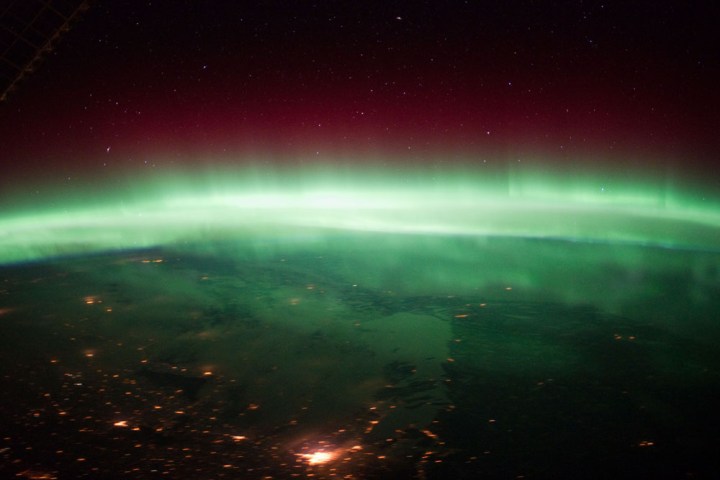
According to a press release published Tuesday, NASA designed the upcoming project in hopes of learning more about seldom seen cusp auroras generated near the North Pole. Though not particularly rare, NASA says cusp auroras are typically hard to spot because they occur during the day where sunlight drowns out what would otherwise be a thrilling visual. It also chose Norway because of its proximity to Earth’s magnetic North Pole — which is offset from the geographic North Pole — and the fact cusp auroras are easier to locate in Northern Europe during the winter solstice.
“The magnetic pole is tilted towards North America, putting this magnetic opening — the cusp — at a higher latitude on the European side,” says CAPER sounding rocket principal investigator Jim LaBelle. “Combine that extra-high latitude with the winter solstice — when nights are longest, especially as you go farther north — and you can sometimes see this daytime aurora with the naked eye.”

For the testing, NASA announced it plans on launching its CAPER and RENU 2 sounding rockets through the aurora at different times. The window for launch officially opens November 27, though the rockets each require low winds (and of course, daylight) before any launch can commence. While NASA designed both instrument payloads to specifically study the cusp aurora phenomena, each will conduct a slightly different analysis of the region’s magnetic field.
First in the queue is its CAPER sounding rocket — short for Cusp Alfven and Plasma Electrodynamics Rocket — which will investigate the electromagnetic waves responsible for accelerating electrons down into Earth’s atmosphere. During its flight, CAPER will measure low and high-frequency EM waves, while also studying the number of particles present at different energy levels. The resulting reports, LaBelle hopes, will allow for a better understanding of how EM waves accelerate different particles.
“The difficulty is measuring the high-frequency waves and their associated particles,” LaBelle adds. “They’re moving at up to a million cycles per second, so the instruments have to be able to detect changes in the waves and collect enough particles to match up.”

NASA’s second rocket — nicknamed the RENU 2 as it’s the second version of the Rocket Experiment for Neutral Upwelling — will study the specific relationship between the aurora’s electrons, the flowing electrical currents, and dense columns of heated neutral atoms. RENU 2’s principal investigator Marc Lessard hopes the rocket’s instrumentation will explain why the upward flow of negatively-charged particles creates a vertical electrical field which then increases atmospheric density in columns, rather than horizontal layers.
All told, NASA only expects to collect data for a couple of minutes with each rocket, but anticipates being able to obtain all the data it needs in this short window. Supported by NASA’s Sounding Rocket Program, the entire project will occur at Goddard Space Flight Center’s Wallops Flight Facility on Chincoteague Island in Virginia.
Editors' Recommendations
- NASA still struggling to fuel its Space Launch System rocket
- NASA’s take on future space travel is a wild sci-fi ride
- Watch NASA lift the Starliner spacecraft onto a rocket ahead of launch
- NASA attaches Perseverance rover to Atlas V rocket ahead of launch
- Here’s why SpaceX plans to blow up a rocket this weekend


